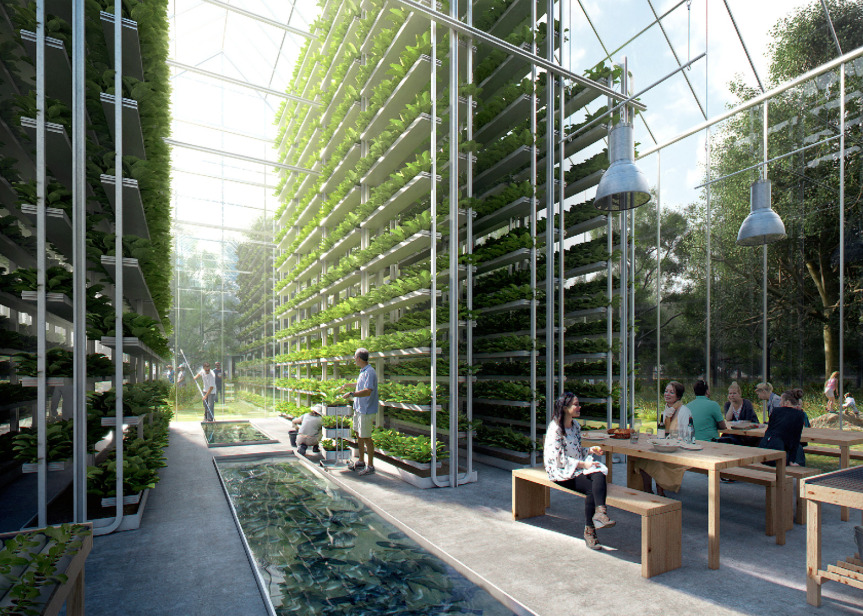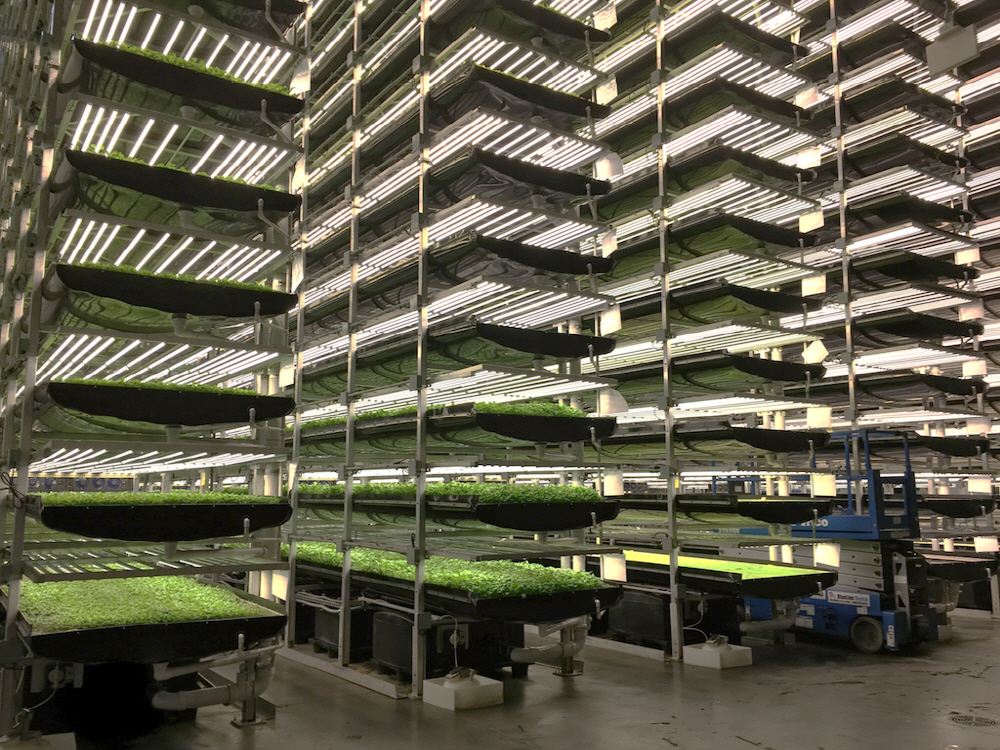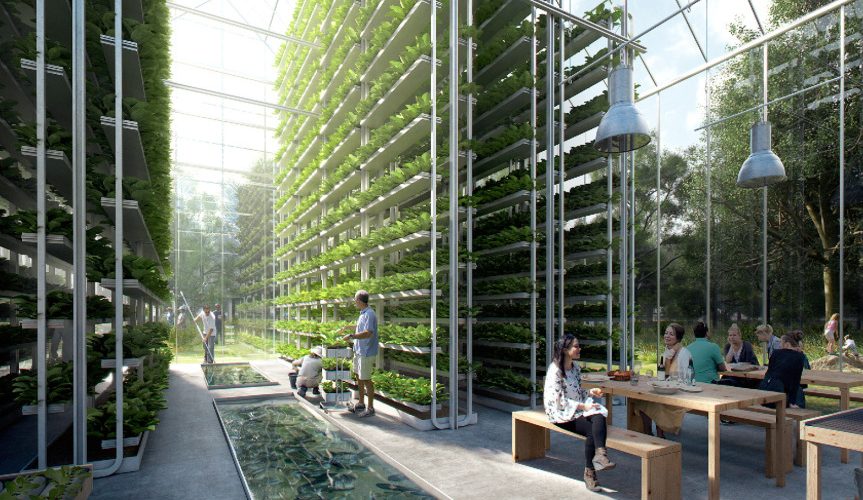
Instead of conventional fields, vertical farming, which can grow crops with little use of water and utilize narrow spaces, is drawing attention.
Humanity living in the 21st century is feeling the need to transform existing agriculture significantly. By 2050, the global population is expected to reach 9 billion, and some point out that as the population grows, more food must be produced than ever before.
Existing agriculture requires large amounts of land and water. Currently, 70% of freshwater consumed worldwide is used for agriculture. Therefore, it is difficult to cope with significant population growth with inefficient conventional agriculture. Until now, humans have changed forests and grasslands into farmland in history, but little land remains available for new farmland. It is said that an area as large as South America is already used as agricultural land.
Also, due to factors such as climate change, excessive cultivation, and soil erosion, the number of available land for farmland is gradually decreasing. It is also pointed out that there is a possibility that food including nutrients necessary for survival in the future will not be available due to population growth and decrease in farmland.
One of the solutions to the homework of producing more food in a smaller space is vertical farming in indoor plant factories. Already, some companies are participating in vertical farming and have achieved certain success. Vertical agriculture is literally an agricultural method of growing plants using space vertically. Previously, plants could only be grown in a field as much as the ground area, but in vertical agriculture, the advantage is that more plants can be cultivated in a narrow space by utilizing the vertical space. Using this method, farming becomes possible using high-rise buildings or warehouses on the street.
The four important factors for vertical agriculture are physical layout, lighting, sustainability, and growth media. The physical layout is solved by stacking a medium such as a grower vertically or cultivating several plants using a medium extending vertically from the ground. In any way, crop yields are expected to increase compared to cultivation only in flat spaces.
Vertical agriculture mostly does not use natural sunlight. Therefore, artificial lighting must be used to grow plants that grow through photosynthesis. Normally, LED lighting is used for plant factory lighting, but recently, LED lighting costs have been reduced to less than $10, and the life of the bulb has increased to 50,000 hours. The development of LED lighting makes it possible to significantly lower plant plant operating costs and increase profits. In addition, purple and pink colors are often seen in plant factory lighting. This is because the wavelengths of light involved in photosynthesis are blue and red, but wavelengths are not required. In terms of energy efficiency, the plant factory lighting is said to be a mixture of two colors of blue and red.

In addition, plant factories usually use a cultivation method that does not use soil. There are three types of cultivation methods that do not use soil, and the techniques used in plant factories are diverse. The first is the most common type called Hydroponics. In hydroponic cultivation, the roots are moistened with nutrient-rich water and water and nutrition are supplied. Hydroponic cultivation in plant factories can be expected to have the advantage that water consumption can be reduced and scale-up is easy by reusing water efficiently.
The second method is aerial cultivation (Aeroponics). It was developed by NASA as a unique cultivation method that does not require soil, sun, or water supply. Nutrients including nutrients are sprayed on plants to supply moisture and nutrition, and water consumption can be reduced by 90% compared to conventional agriculture. In addition, plants grown this way are said to contain more minerals and nutrients.
The third method is Aquaponics. It is a system that combines fish farming and hydroponics. First, fish are grown in a farm, and the farm water containing nutrients derived from fish excrement is used for plant hydroponic cultivation. In addition, water used for hydroponic cultivation is filtered and used again in aquaculture. Aquaphonics is a productive and balanced method, but it is not used very often due to the complexity of combining aquaculture and plant cultivation.
Using this method, plant factories can support the global food supply through sustainable agriculture. Plant factories require a lot of energy and water, but saving tanks to store rainwater and renewable energy can solve this problem.
Switching the food production center from traditional agriculture to plant factories has advantages over increasing crop yields. For example, while ordinary In the field of lettuce can be harvested 3.9kg per 1m 2 using 250 liters of water, and also carries a 3,200km distance equal to the United States to send such a restaurant or supermarket.
On the other hand, a plant factory built in a city can produce 80 to 120 kg lettuce per 1 m 2, but only 1 liter of water is used. It was not made in a suburban field, so the transport distance of restaurants and supermarkets is about 70km. It is independent of land and climate conditions, so it can be dried anywhere and can produce food all year round.
This plant is already being built factories in the world, but among them the Aero Palms (AeroFarms), headquartered in New Jersey, USA, is building a huge plant of up to 6,500m 2 factory in Newark. The plant harvests 900 tons of nutrient-rich vegetables and sells them in packs at supermarkets in the northeastern United States. In addition, Singapore Airlines’ in-flight meals use vegetables produced by Aerofarms.
As companies around the world are paying attention to plant factories, it may not be too long before vegetables made in plant factories will become common on the table.


















Add comment